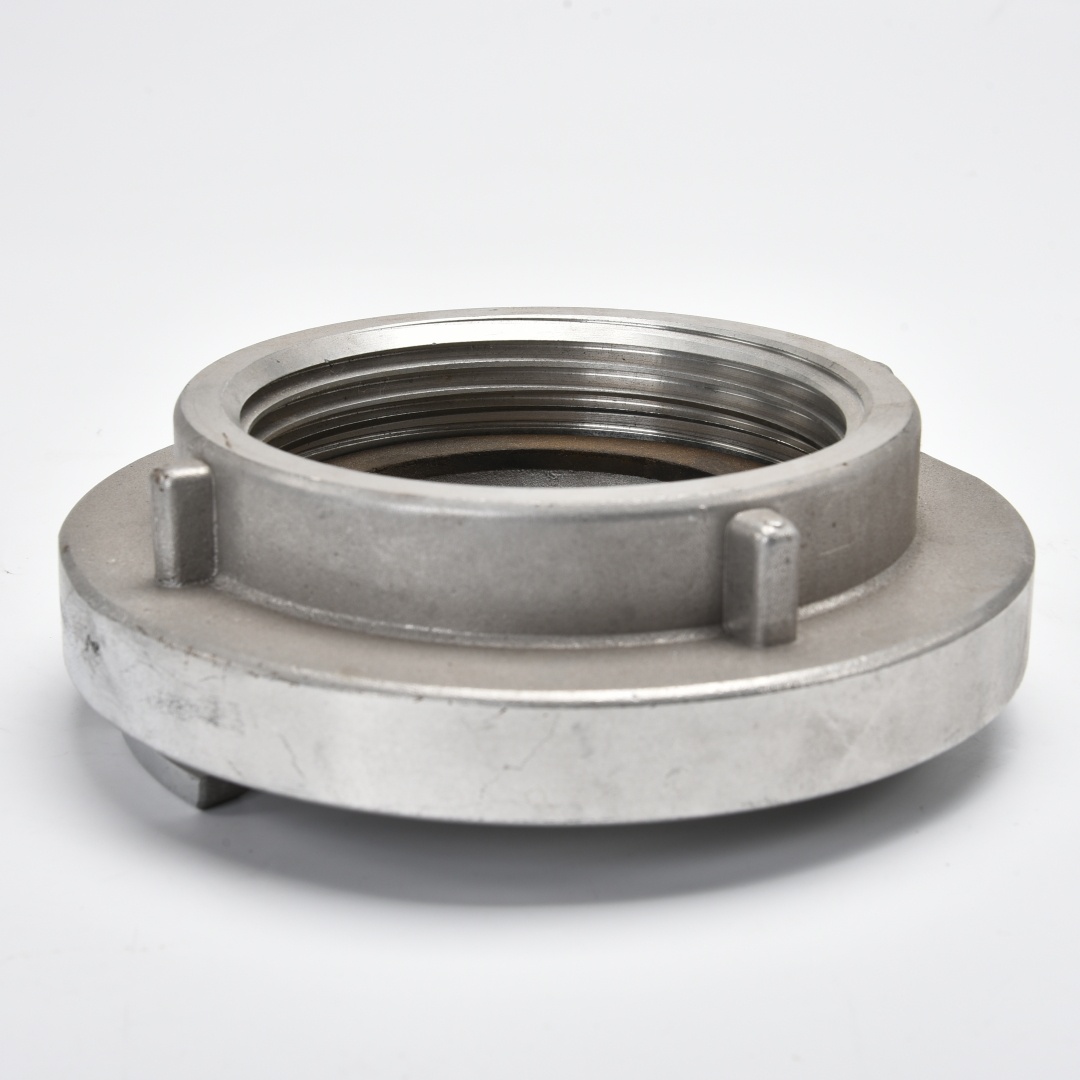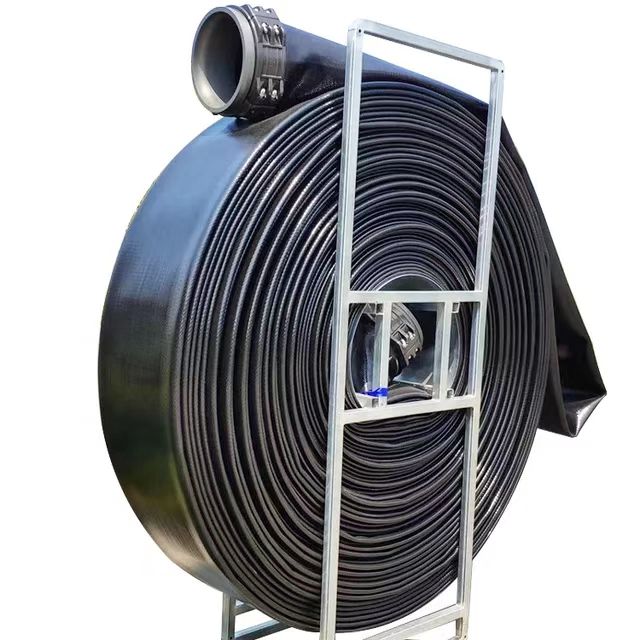1
Products Description
What is Flange Coupling?
A flange is a disc-shaped component that is most common in pipeline engineering. A mechanical structure with flanges that can be connected by bolts at the edges, such as pipeline docking. If there is a flange at the interface, it can be connected by bolts. A flange cover is a cover with a flange edge that can be fixed with bolts. The flanges are used in pairs.
In pipeline engineering, flanges are mainly used for connecting pipelines. Install a flange plate in various pipelines that need to be connected. Low pressure pipelines can use threaded flanges, and welding flanges can be used for pressures above 4 kilograms. Add sealing points between the two flange plates and tighten them with bolts. Flanges with different pressures have different thicknesses and use different bolts. When connecting water pumps and valves to pipelines, the local parts of these equipment are also made into corresponding flange shapes, also known as flange connections. Any connecting part that is bolted together and enclosed at the periphery of two planes is generally referred to as a “flange”.
The flange is divided into threaded connection (threaded connection) flange and welded flange. Low pressure small diameter threaded flanges are used, while high pressure and low pressure large diameter welded flanges are used. The thickness of flange plates and the diameter and quantity of connecting bolts vary depending on the pressure



Detailed Photos





Packaging & Shipping



Q 1::What are the advantages of our factory? A1::Our factory is specialized in manufacturing hose coupling for 30 years,and our promise is to provide our world-class quality, on-time delivery and excellent after-sales services Q2::How about our products? A2::Our products are famous for the good quality and good watering effect,and also you can get the free samples to do a test of the quality and watering effect. Q3::How about hose specifications? A3::We can produce lay flat hose according to your request on Inner Diameter, working pressure,color and length per roll. Before send you right quotation, please kindly confirm with us. Q4::How about get the samples? A4::You can get the samples for freejust pay for the sample freight.We will set it by DHL,FEDEX,UPS,TNT,EMS. Q5::What is the minimum order quantity?(MOQ) A5::Usually our MOQ is 3000 pieces, but for first cooperation we also accept little order, so any order is welcomed. Q6::How about delivery ? A6::We can send to you by sea/air/express according to you, usually deliver within 7-10 working days after receive deposit.







